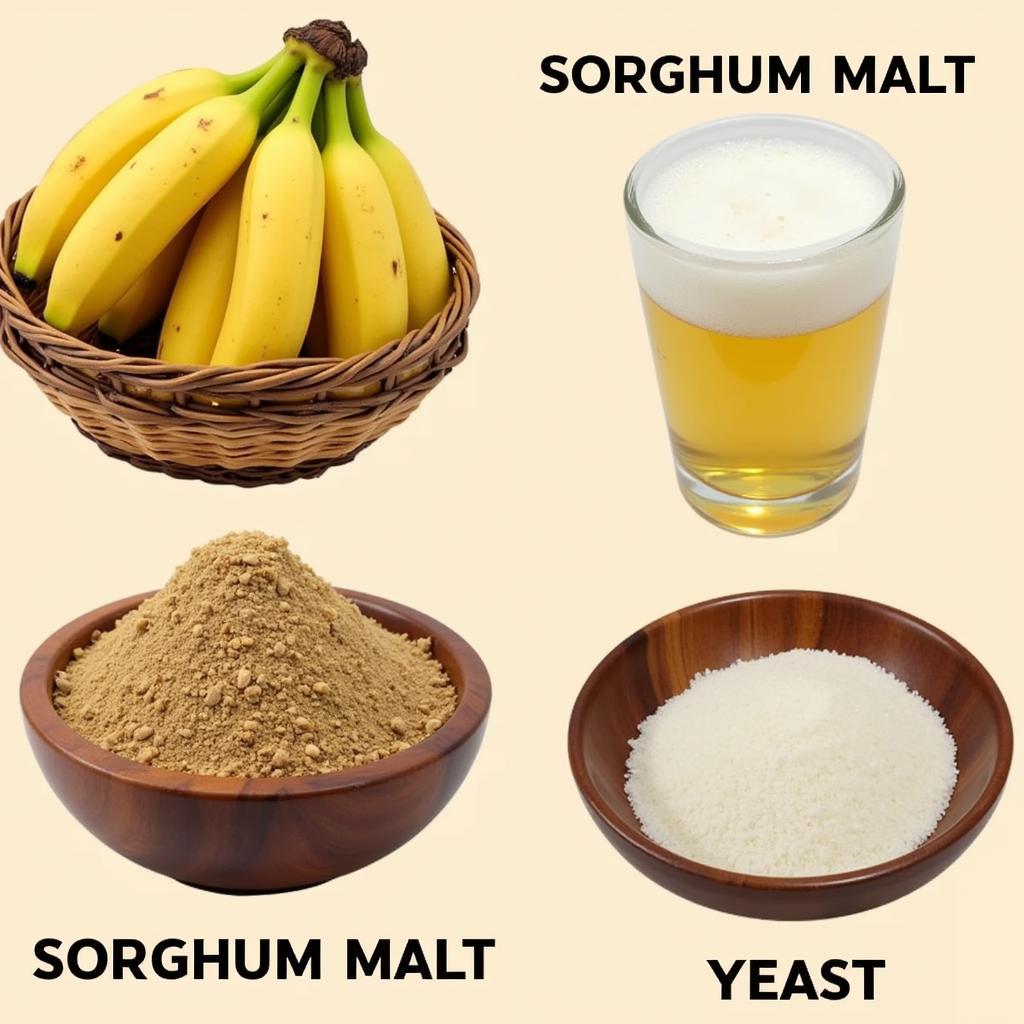The African Babool Tree: A Symbol of Resilience and Versatility
The African Babool Tree, scientifically known as Acacia nilotica, is a ubiquitous species found throughout the African continent and parts of Asia. It is an iconic symbol of resilience, adaptability, and cultural significance in many African communities. This article delves into the fascinating world of the African babool tree, exploring its historical and cultural significance, its remarkable ecological properties, and its diverse uses in various aspects of life.
A Tree with Deep Roots: Historical and Cultural Significance
The African babool tree holds a prominent place in African history and culture. Its presence dates back centuries, with evidence suggesting it was used for medicinal purposes, as a source of timber, and for its shade-providing qualities. In many African communities, the babool tree is seen as a sacred symbol representing strength, wisdom, and longevity. It is often associated with spiritual ceremonies and rituals, where it plays a crucial role in connecting people with their ancestors and the forces of nature.
“The babool tree is a testament to the resilience of life. It thrives in harsh conditions, providing shade and sustenance to all who seek its shelter,” explains Professor Amani Kigozi, an acclaimed botanist and expert on African flora.
Adapting to Diverse Environments: Ecological Properties
The African babool tree has remarkable adaptability, thriving in a wide range of habitats, including arid and semi-arid regions. Its extensive root system allows it to access deep groundwater, enabling it to survive in areas with limited rainfall. It also exhibits a remarkable tolerance for drought, salinity, and high temperatures, making it a valuable species for land restoration and combating desertification.
Benefits for the Environment
- Soil Stabilization: The babool tree’s root system helps to prevent soil erosion, thus preserving precious topsoil.
- Biodiversity Enhancement: The tree provides habitat and food for a variety of animals, contributing to the diversity of local ecosystems.
- Carbon Sequestration: Babool trees absorb significant amounts of carbon dioxide from the atmosphere, playing a vital role in mitigating climate change.
A Multifaceted Resource: Uses and Applications
The African babool tree is a valuable resource for countless applications, contributing to the livelihoods of many communities across the continent.
Traditional Medicine
The bark, leaves, and pods of the babool tree have been used for centuries in traditional medicine systems to treat various ailments.
“The babool tree has been a healer for generations. Its medicinal properties have been passed down through oral traditions, offering relief for a wide range of conditions,” notes Dr. Muthoni Kamau, a renowned practitioner of traditional African medicine.
Timber and Fuelwood
The babool tree’s durable wood is highly prized for its strength and resilience. It is commonly used for building houses, furniture, and other structures. Its branches are often used as firewood, providing a sustainable source of energy for cooking and heating.
Fodder for Livestock
The leaves and pods of the babool tree are a valuable source of fodder for livestock. They provide a nutritious and readily available food source, particularly during periods of drought.
Sustainable Management and Conservation
The African babool tree faces threats from deforestation, overgrazing, and unsustainable harvesting practices. It is crucial to ensure the sustainable management and conservation of this vital species.
Promoting Sustainable Harvesting
Encouraging responsible harvesting practices is essential to ensure the long-term viability of babool tree populations. This includes promoting techniques like coppicing, which involves cutting back the tree to encourage regrowth, and planting new trees to compensate for those harvested.
Raising Awareness
Increasing awareness about the ecological and cultural significance of the babool tree is critical. Educating communities about sustainable harvesting practices and the importance of conservation will help to preserve this valuable resource for future generations.
FAQs
Q: What are the medicinal properties of the African babool tree?
A: The bark, leaves, and pods of the babool tree are used in traditional medicine to treat a variety of ailments, including diarrhea, dysentery, skin infections, and inflammation.
Q: What are the environmental benefits of the babool tree?
A: The babool tree helps to stabilize soil, enhance biodiversity, and sequester carbon dioxide from the atmosphere.
Q: How is the African babool tree used in traditional African cultures?
A: The babool tree is often associated with spiritual ceremonies and rituals, and its wood is used in various crafts and constructions.
Q: Are there any risks associated with the African babool tree?
A: The babool tree can become invasive in some areas, and its thorns can be a hazard. However, with proper management, these risks can be mitigated.
Conclusion
The African babool tree is a remarkable species, embodying resilience, versatility, and cultural significance. Its diverse uses and ecological benefits make it a crucial resource for many communities across the continent. By promoting sustainable management and conservation efforts, we can ensure that this iconic symbol of African Life continues to thrive for generations to come.


